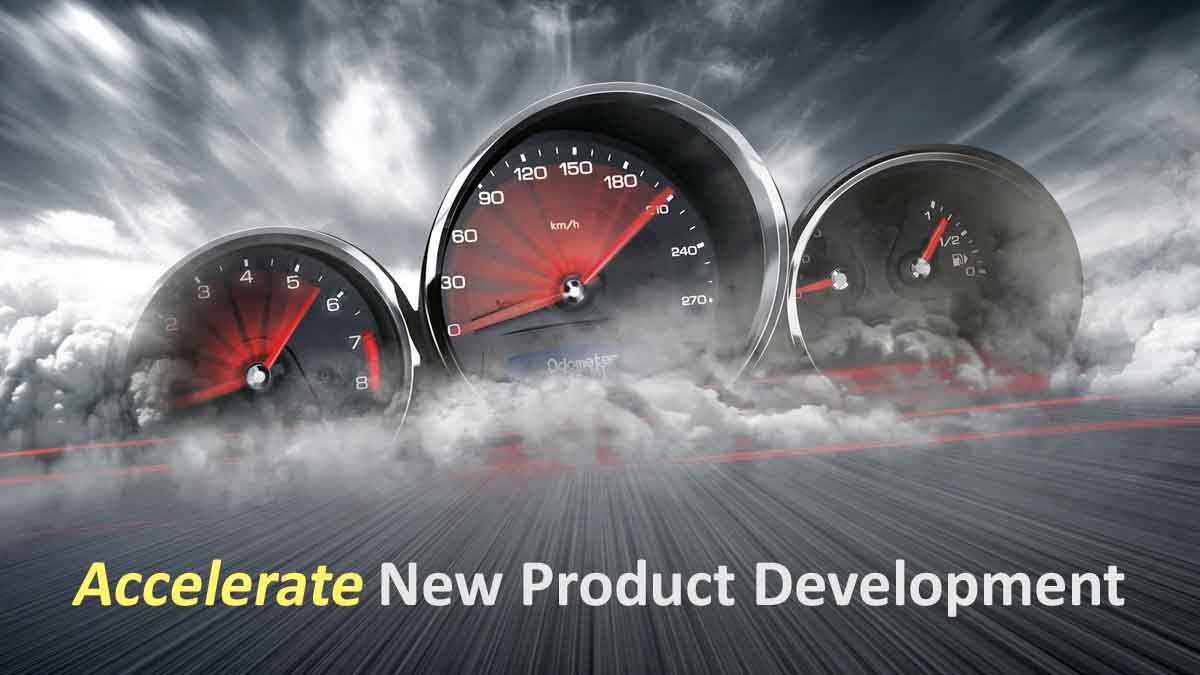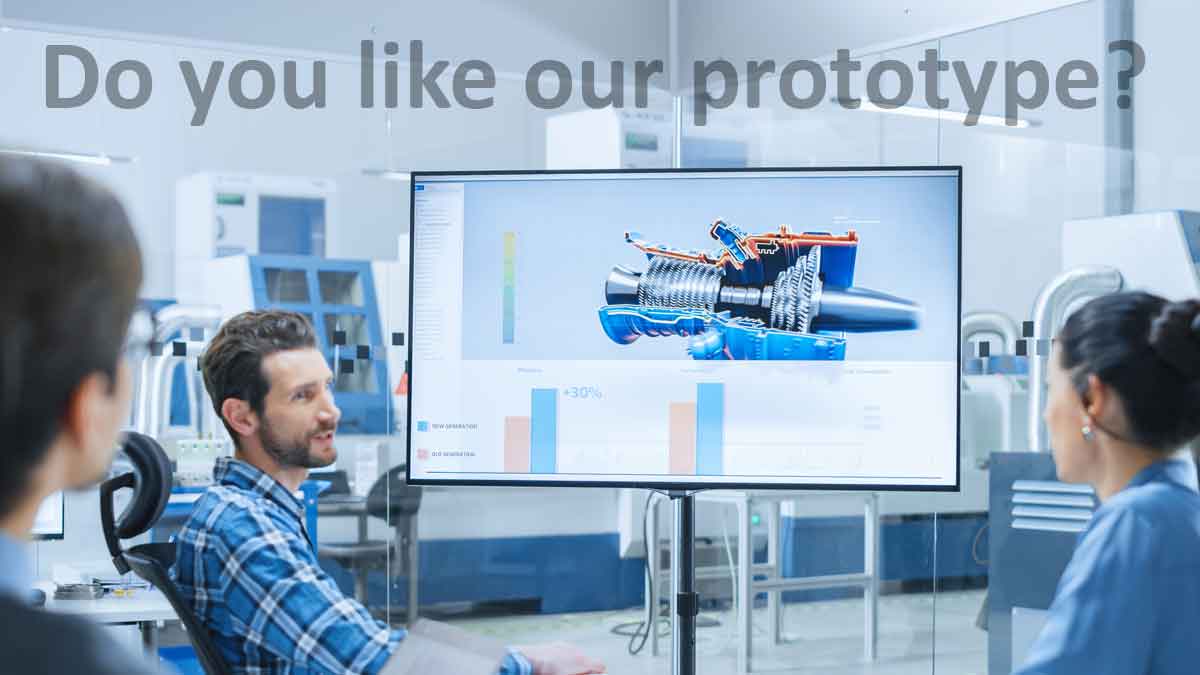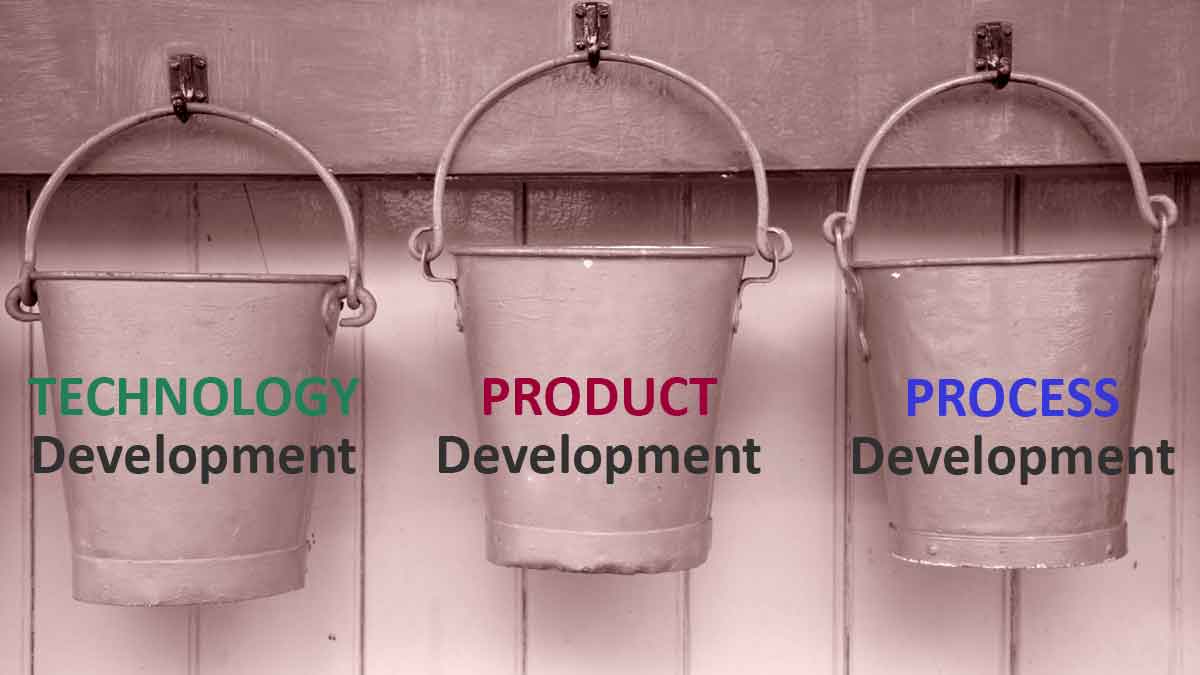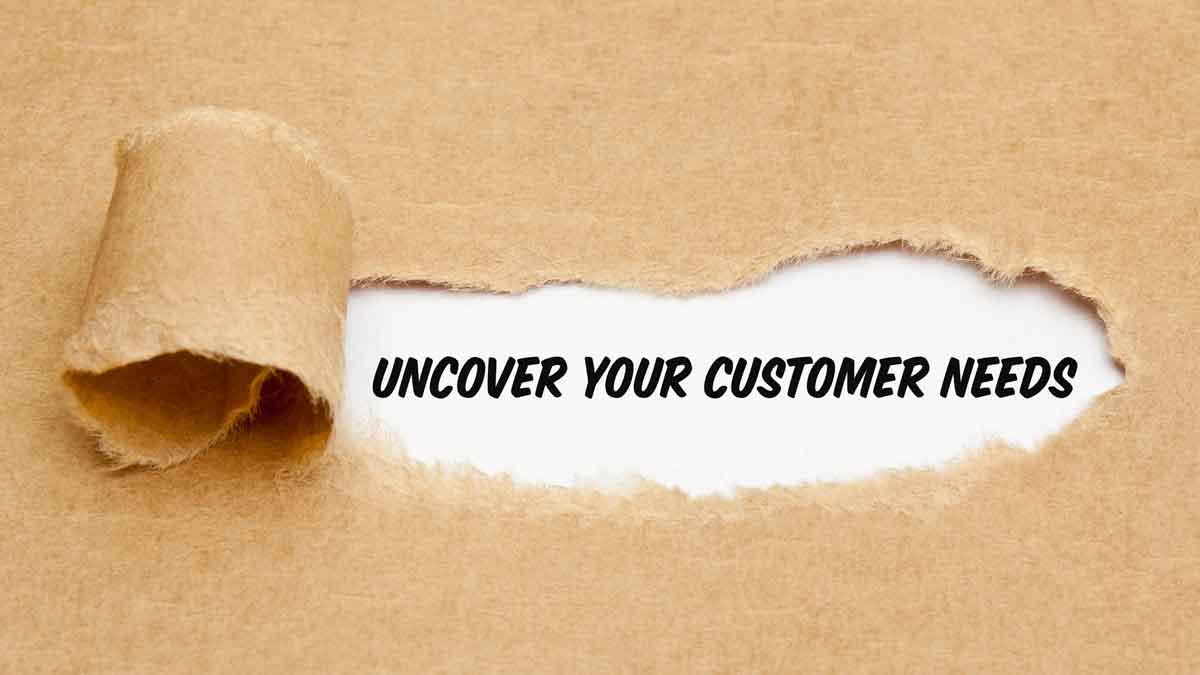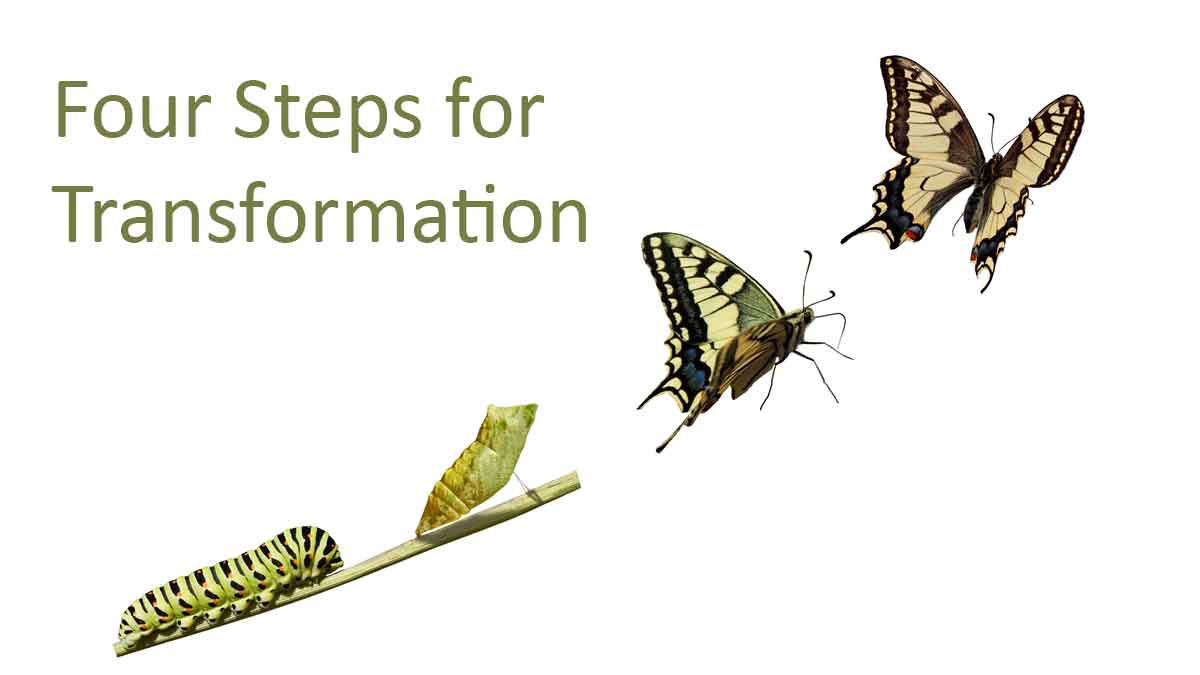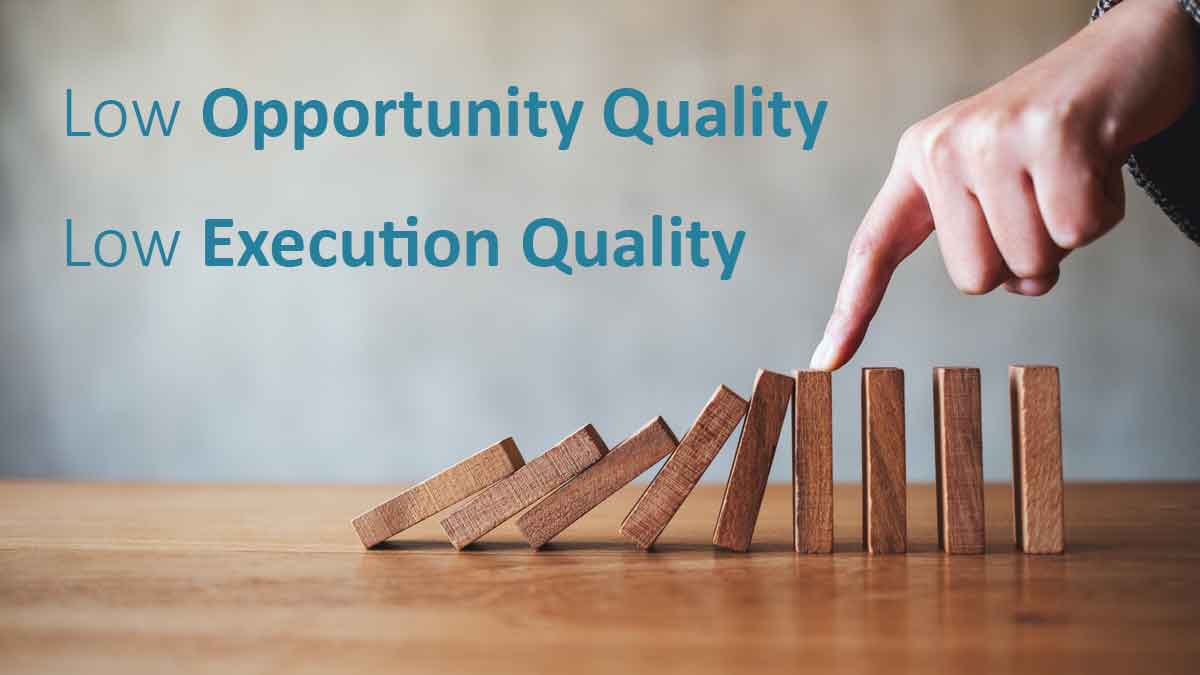In the landmark book, SPIN Selling, Neil Rackham’s research on 35,000 sales visits found the best salespeople engage customers in discussions about their problems. Consider your own stage-and-gate process: After Concept Development, Feasibility, Development, and Scale-up, your best salespeople ask customers, “What problems are you facing?” Why not pull this question to the front end and ask it before developing your product? This engages customers in a genuine manner and starts the “selling process” before you have something to sell. See video at www.vocforb2b.com.
More in article, The Missing Objective in Voice of Customer Interviews
It’s pretty obvious that one objective is customer insight—understanding customer needs so you can develop the right product. The oft-overlooked objective is customer engagement. This is conducting your voice of customer interviews in a manner that “primes” customers to buy your product when you’re done developing it. Do this well and you sell your product before it even exists. Learn more about customer engagement in the 2-minute video, Engage your B2B customers.
More in article, The Missing Objective in Voice of Customer Interviews
First, ask what “job-to-be-done” you want to help customers improve. Then ask who these customers are. There’s more to the second question than many realize: a) Which point of the value chain is key? Our customers? Our customers’ customers? b) Which job functions should we interview at these companies? c) Who else in the ecosystem should we interview? Industry influencers? Co-suppliers? Regulators? The more diverse your input, the more likely you are to uncover an exciting market need your competitors missed.
More in article, Elevate Your Success in New Product Blueprinting Step 1
If your new product eventually reaches sales of $5 million/yr with average profits, accelerating its launch by one month boosts NPV by $80,000. Speed matters! Virtual voice-of-customer helps you move faster for 2 reasons. 1) Instead of finding 1-2 travel days for your team that align with the customer’s schedule, you just need 1-2 hours… letting you pack in more interviews earlier. 2) You can schedule multiple interviews per day. Employing more virtual VOC can easily trim a month or two off your timeline. See 2-minute video, Conduct virtual customer interviews.
Download our white paper at www.virtualvoc.com
Do you want serendipitous growth each year… or superior, sustainable organic growth you can count on year after year? For the latter, you’ll need improved capabilities—training, methods and tools—across your organization in many areas. We’ve identified 24 of these “growth drivers” in our research, What Drives B2B Organic Growth. You can see your percentile benchmark rank against others on all 24 with our free B2B Growth Diagnostic. It’s the first step on the road from serendipity to sustainability.
More in article, Is it time for a growth capability diagnostic assessment?
How do you know if you’re accepting too much commercial risk in your new product development? You know if Joe answers, “Not sure. Guess we’ll find out next month when we launch it.” Future B2B innovators will think this is nuts. When you innovate for a B2B market, nearly everything needed to eliminate commercial risk is “knowable” in the front end of innovation, before development begins. That’s because your B2B customers have high knowledge, objectivity, interest and foresight (as explained in 2-minute video, Understand your B2B advantage.).
More in article, Target Customer Needs and Win
If you conduct the right kind of B2B quantitative interviews, you don’t need to show customers a prototype to see if they’ll like it. You’ll already know what they want if you use the methods in this 2-minute video: Benchmark Competing Alternatives. However… prototypes can still be helpful to a) further engage customers, b) understand the value your new product delivers, and c) make refinements. But if you’re serving a B2B market, you can stop lobbing prototypes to understand what customers want.
More in article, Predict the customer’s experience with modeling
Be it chess or golf, champions know they must train. A striking difference between business leaders and rock climbers is that the former often think they can reach the top without proper training. Imagine showing up at the base of El Capitan with recliner-chair abs, the wrong gear, and no climbing skills. Ridiculous? What about businesses that proclaim double-digit growth plans year after year, but do nothing to prepare for their climb? A good start is acquiring business-wide training and tools for market-facing innovation. (See 2-minute video, Build your growth capabilities.)
More in article, New Product Training: Time to Build Growth Muscles
Bucket #1 is Technology Development… science-facing innovation that turns money into knowledge. Bucket #2 is Product Development… market-facing innovation that turns knowledge back into money. Bucket #3 is Process Development… optimizing the production of existing products to make money more efficiently. Don’t focus on customer needs for Bucket #1 (it’s too early) or #3 (it’s too late)… but do this very well for Bucket #2. In the entire money-making process, this is your greatest point of leverage today.
More in article, Target Customer Needs and Win
The best research says we’ve struggled for about five decades now. In 1971, the leading cause of new-product failure was “inadequate market analysis” (45%, with the next cause at 29%). In 2019, the leading cause was “No market need” (42%, with the next cause at 29%). After five decades, maybe it’s time to get serious about understanding customer needs before developing new products? Not that we need to rush into this, of course.
More in article, Target Customer Needs and Win
You know you’ve got a top-notch team exploring that unfamiliar market or technology when you see them… 1) identify all project assumptions at the onset, 2) detect and defuse unforeseen “landmines” (project killers) as early as possible, 3) advance the project rapidly without detours and distractions (or kill the project swiftly), and 4) spend funds investigating and pursuing only that which truly matters. The methodology for doing this is described in the short video at www.deriskprojects.com.
More in article, How to de-risk projects and overcome management doubt
Would you want a bigger payload or a better targeting system for missiles, cancer treatment or gold mining? A bigger payload would be a larger warhead, radiation dosage, or backhoe shovel. Better targeting would be more precise hits on enemy positions, cancer tumors, or ore deposits. Better targeting reduces waste and collateral damage. Same for your R&D: Precisely target customer needs before stepping into the lab. This avoids waste (squandered R&D) and collateral damage (discouragement and slow growth).
More in article, Target Customer Needs and Win
Imagine two new-product project teams have gate reviews on the same day, and both projects are stopped. The first is stopped for the right reasons, e.g. smaller-than-expected market size or low customer interest… as evidenced by tiny Market Satisfaction Gaps. This is low Opportunity Quality. The second team is stopped due to sloppy work: skimpy customer interviews and much confirmation bias. This is low Execution Quality. Celebrate the first team. Train the second. For every project, make sure you know which is which.
More in article, 3 Problems with Innovation Metrics
1. The “Why” problem: Today’s most popular metric, the Vitality Index (% of sales from new products) doesn’t tell you why your % is going up or down. 2. The “When” problem: The lag time in your feedback loop is too long: Changes you make in the front-end-of-innovation will take years to generate significant revenue. 3. The “What” problem: The Vitality index focuses on your results. You need metrics that focus on your capabilities. Only by building these can you have confidence that you’ll improve your innovation results.
More in article, 3 Problems with Innovation Metrics



